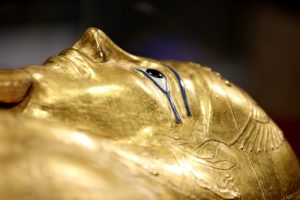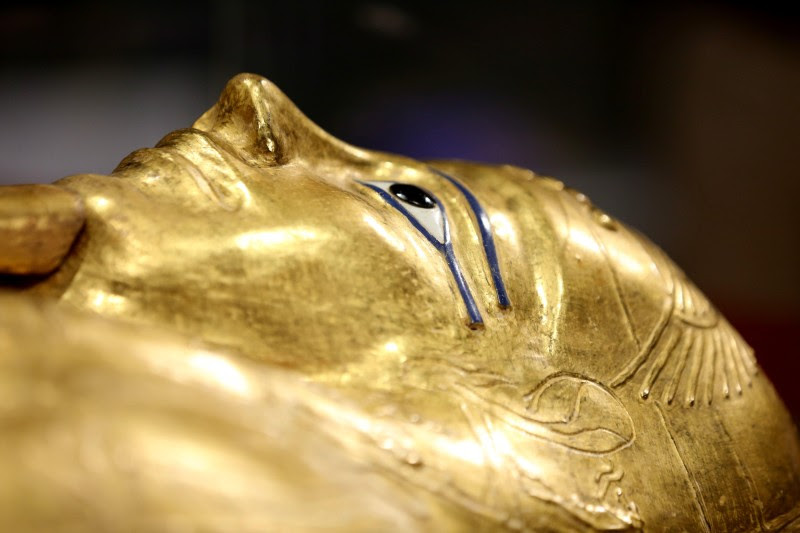
For years, the name of Johannes Behrens, a German naval officer said to have sailed the Mediterranean just after the turn of the 19th century, graced the descriptions of artefacts in some of the world’s top museums.
The “Behrens collection” included spectacular antiquities the sailor ostensibly bought during his years of adventures: A carved stone dating to the reign of King Tut; an ancient table leg with the head of a goat carved into it; a Roman bowl with a detailed relief depicting a scene of the sun god Helios; and other pieces sold at the major auction house Christie’s and featured in top museums — from the Louvre Abu Dhabi to New York’s Metropolitan Museum of Art and the Museum of Fine Arts Boston.
But new evidence indicates the German sailor might never have acquired these treasures. Some question whether he even existed at all.
A prominent Egyptologist’s interest was aroused by an image of a carved stone, known as a stele, on display at the Louvre Abu Dhabi in 2017. French and U.S. investigators looked into this and other objects, which they now allege were smuggled by a ring of traffickers.
An elderly art dealer, Serop Simonian, was arrested in Hamburg in late 2023 over charges of coordinating their sales. He’s among a handful of people caught up in the probe — all of whom have denied the allegations. Even the Louvre’s former president was charged with art trafficking. The investigation is ongoing.
Now, OCCRP’s regional partner, Arab Reporters for Investigative Journalism, has identified further objects that have been attributed to the Behrens collection but have not been flagged by experts by scouring auction house data and publicly available information. One of those was sold for $230,000. None had been flagged by U.S. or French investigators since the auction houses lie outside their jurisdiction.
According to Simonian, his family acquired the collection legally from an antiquities dealer referenced in books and documents from the mid-20th century. However, investigators have not found evidence that the dealer’s active years align with the timeline of Simonian’s story.
Antiquities are often obtained illegally — whether from archaeological sites, graves, temples or elsewhere, said Tess Davis, executive director of campaign group The Antiquities Coalition. That means criminals often “launder” antiquities by falsifying their origin.
“It’s much easier to forge a provenance than it is to forge an antiquity,” she said.


